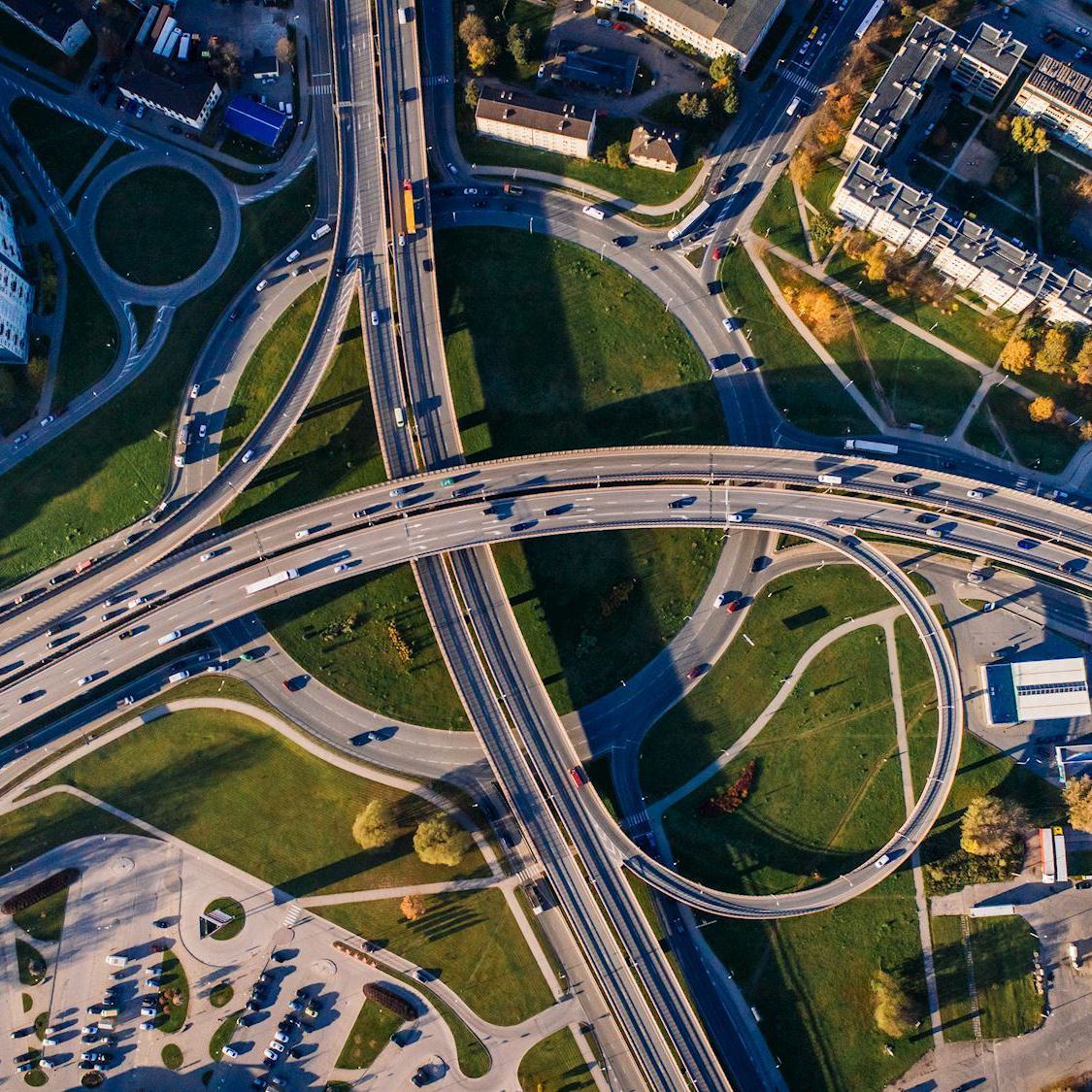According to National Geographic by 2050 the global population will reach 9.8 billion, almost 70% of which – around 6.7 billion people – will be located in urban areas. Such areas already suffer from overcrowding and pollution, and are certainly not capable of supporting the billions of individuals that will inhabit them in future. Yet the world is in a phase where the economic and political importance of cities is growing ever more rapidly. Urban hubs are and shall remain (increasingly in coming years) fundamental for resolving important economic, environmental and social challenges. Experts agree that it is high time to begin planning more intelligent and sustainable cities, as well as them being “connected”.

Between sustainability and new technologies, large towns and cities are getting ready to face the challenges of tomorrow, such as population growth and pollution.

Digitalisation, automation, the Internet of things, and virtualization are just a few key concepts that will accompany the ongoing development of smart cities capable of improving both the population’s quality of life and the health of the planet. Cities of the past were shaped by people, but it is likely that in the future they will be moulded by ideas, and these are certainly not lacking in regard to how futuristic urban spaces should be.
ENVIRONMENT
The most widespread representations of smart cities include tall skyscrapers with green roofs and suspended gardens to optimise space and increase the percentage of green areas. In reality, the future is likely to look something like this. The cities of tomorrow, beyond being designed around the natural characteristics of the area in which they are located to limit impacts on the ecosystem, will be integrated with solutions and technologies capable of improving the quality of natural resources such as water, soil and air. Oslo, for example, it already moving in this direction, aiming to reduce emissions by 50% by 2020 and achieve 95% climate neutrality by 2030.
ENERGY
In the cities of the future, energy will be generated 100% from renewable sources. Solar panels will be integrated in the design of buildings, substituting traditional materials and making cities self-sufficient. Real-time monitoring of energy consumption will also be an integral aspect of these new urban areas, allowing identification of opportunities for environmental improvements and savings. The city of Chicago is heading in this direction with its initiative entitled the “Array of Things”. Certain lamp posts have been fitted with devices featuring sensors and cameras capable of measuring air quality, noise levels, temperature, road water levels and traffic. In practice, this represents a kind of continuous analysis capable of identifying the different ways to save energy and improve emissions.

WASTE
Waste will most likely become a resource for producing energy or alternative material through recycling. Adopting a gradual approach, it will be possible to achieve the “zero-waste” objective, with a progressive reduction in waste produced to reduce the environmental impact. This is the objective of the recent initiative to fight the effects of climate change entitled “Advancing Towards Zero Waste Declaration”, involving various big cities, including Milan.
MOBILITY
Transport in cities of the future will be more economic, safer and quicker, thanks to technology and new automated transport methods, with reserved lanes to avoid affecting traffic. Let's look at a concrete example. The modular self-driving buses from the start-up Next Future Transportation will already be in use at the 2020 Dubai Expo. In addition, there will be more pedestrian space and cycle lanes, fewer cars and no petrol stations. Only electric vehicles will remain, which are eco-friendly and can be charged all around the city.
LIVEABILITY
Smart cities will be designed from the start to be safe and accessible for everybody. Their citizens will have a “comfortable” life, with access to nature and services at their fingertips. Homes will become smaller and smaller, due to available space, but this will lead to sharing spaces that will increase interaction between people and a sense of belonging. The Mayor’s Office for Economic Opportunity in New York has created a map of poverty across the city to better identify and launch initiatives to help solve this issue. This is one of the first steps taken in using data to resolve social inequality.
Improving quality of life will probably become the main benefit of these new “intelligent cities”. Efforts in this regard will likely also include monitoring and mapping of resident health, using data to develop and promote prevention campaigns. Free time will also increase, with more flexible working hours, thanks to artificial intelligence that is increasingly capable of substituting humans in small day-to-day tasks.
